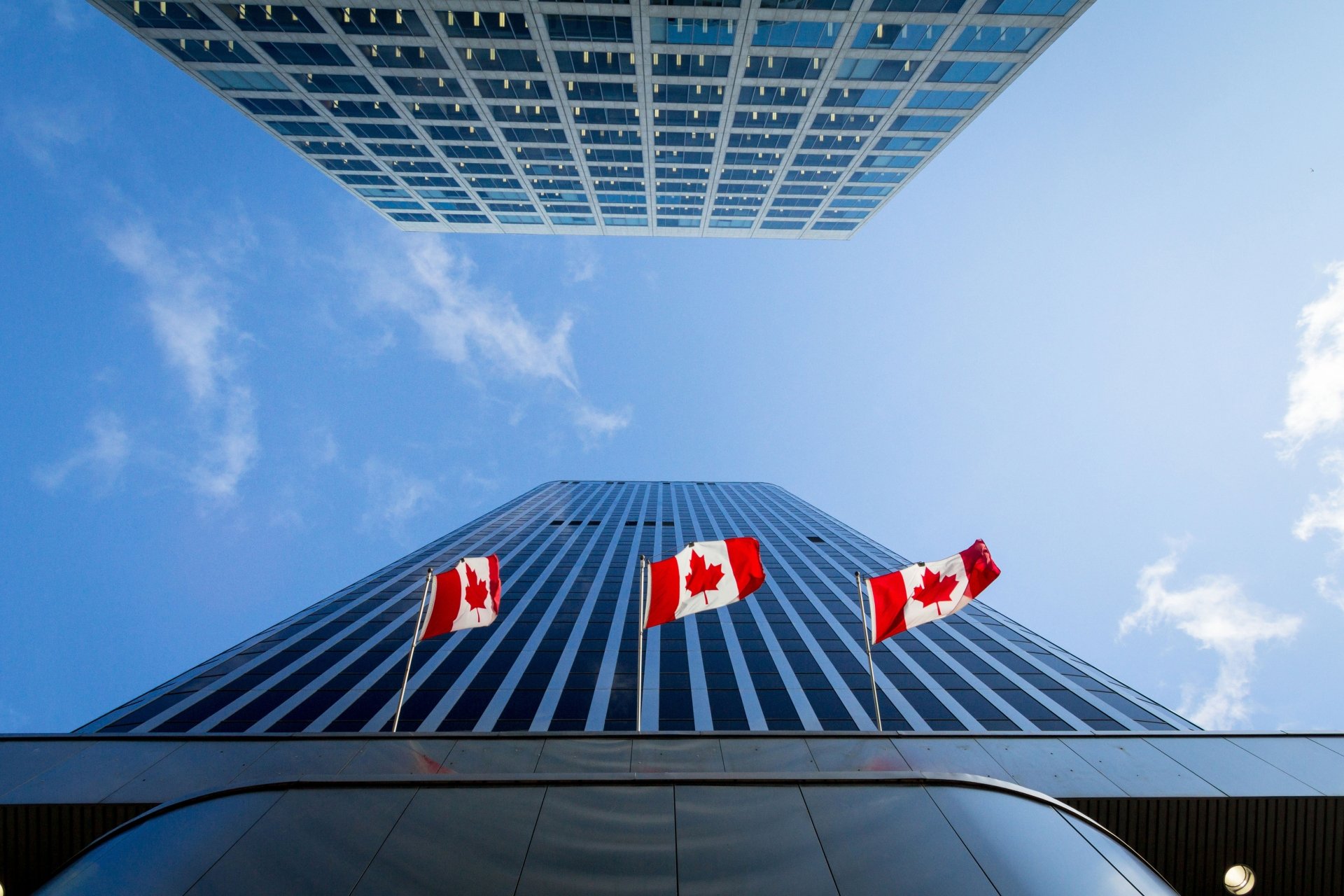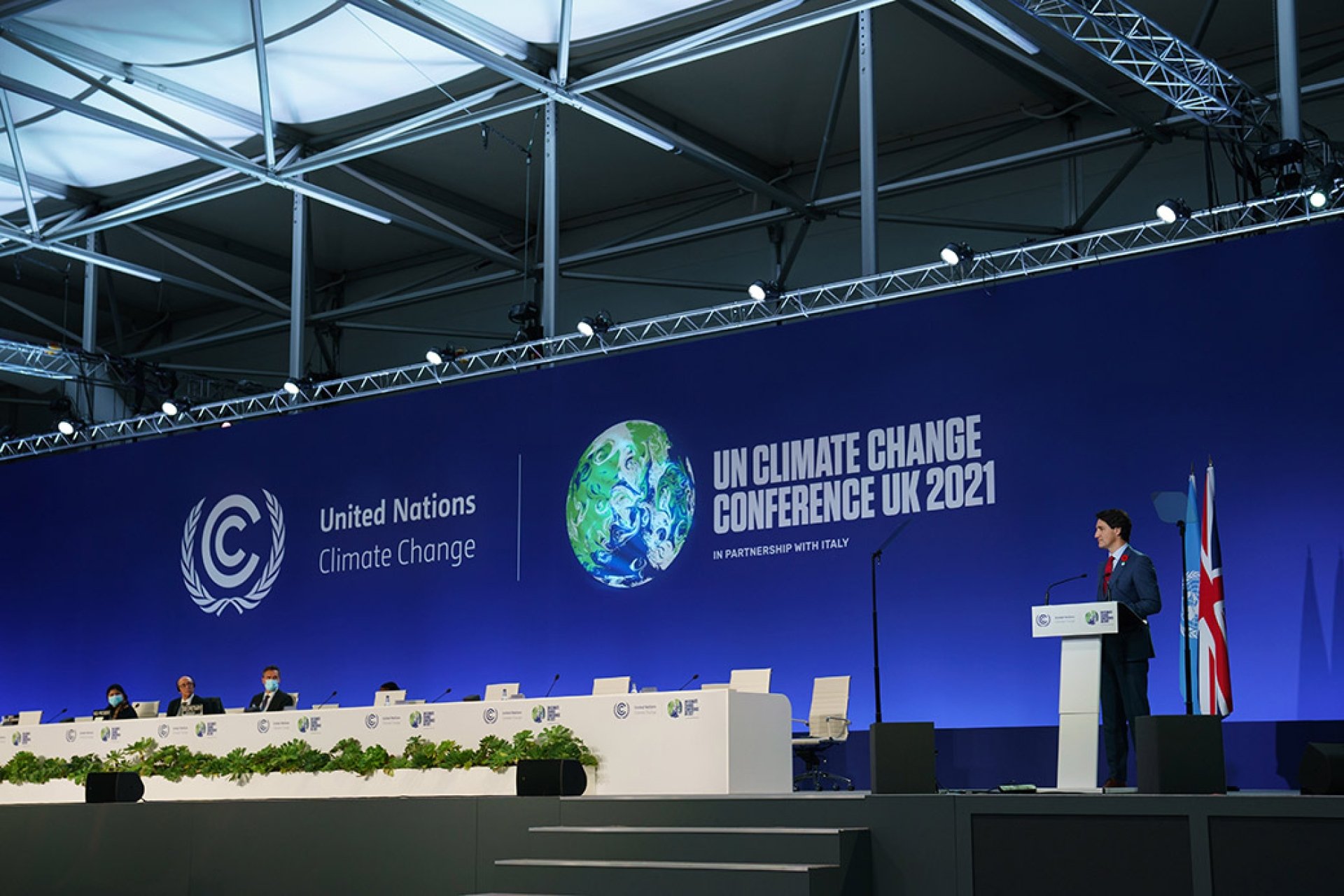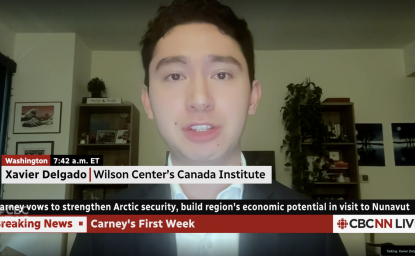Critical Challenge for the U.S. | China and Canada-U.S. Cooperation
In September 2021, the Biden administration struck a deal with Beijing that returned Huawei CFO Meng Wanzhou to China, and released Canadian hostages Michael Kovrig and Michael Spavor from China to Canada. For 1,019 days the status of the “Two Michaels” was an obstacle to any improvement in Canada-China relations, and one of the most important issues in Canada’s bilateral relationship with the United States.
Canadian public opinion turned hostile to China during this period, and remains so. Yet Canadian public opinion also soured on relations with the United States during this crisis. Fairly or unfairly, many Canadians felt that in presenting an arrest warrant for Meng when her flight stopped in Vancouver, the United States exposed Canada to Chinese retaliation.
The Biden administration’s diplomatic resolution of the Meng and Michaels affair could lead to greater alignment on China policy in Ottawa and Washington in 2022. Prime Minister Justin Trudeau, speaking at the Wilson Center, stressed the importance of working together to: confront China on human rights; cooperate with China to promote trade and COVID recovery; challenge China’s aggressive moves against Hong Kong, Taiwan, the South China Sea and elsewhere; and collaborate with China to address climate change. It is an agenda that the Biden administration shares.
U.S.-Canada alignment on China would be a game changer. The success of U.S. leadership in the 20th century depended on middle powers like Canada that shared American aims and values and translated these into norms and principles of international law. Canada is one of the most effective countries in promoting global consensus, and might qualify today as a super-middle Power. Like many countries, Canada was reluctant to confront China and risk losing access to the Chinese market. China’s hostage diplomacy could prove to be one of the greatest blunders in modern Chinese history.
Three Things to Watch

1. Economic Recovery
Canada used fiscal policy to stave off pandemic-related economic disaster in 2020 and 2021, but Prime Minister Justin Trudeau’s minority government signaled in October that the Canada Recovery Benefit (CRB) that replaced the Canada Emergency Response Benefit (CERB) would end in 2021. According to the International Monetary Fund, Canada’s fiscal surge totaled 15.9 percent of GDP (Gross Domestic Product) between January 2020 and September 2021. By comparison, the U.S. fiscal stimulus was 25.5 percent of a larger GDP over the same period, but “Buy American” requirements could deny Canadian firms access to U.S. infrastructure contracts and electric vehicle subsidies. New COVID-19 variants and border restrictions are holding back recovery for tourism and activism has blocked new resource projects so that even rising commodity prices have not helped. These headwinds will make Canadian economic recovery harder to achieve in 2022.

2. Roadmap for Renewal
Trudeau and U.S. President Joseph Biden agreed to a Roadmap for a Renewed U.S.-Canada Partnership at their virtual bilateral summit in February 2021. It included new and renewed commitments to work together in six areas: policy responses to COVID-19, fostering economic recovery, advancing climate goals, promoting diversity and inclusion, strengthening security cooperation, and shoring up global alliances and institutions. Progress to date has been uneven, strongest on COVID-19 collaboration, (good, despite an uncoordinated approach to border restrictions) and support for alliances and multilateral institutions (pledges to hold a North American Leaders Summit and a Summit for Democracy were fulfilled). Washington and Ottawa will need to overcome domestic political divisions, particularly in the U.S. Congress, in order to achieve progress on infrastructure, climate, and security goals in 2022.

3. Climate Action
With the Trudeau government proposing to raise its carbon price to $170 per ton to meet its Net Zero by 2050 pledge, climate policies in Canada and the United States could be on a collision course despite shared ambitions that were reaffirmed in the Roadmap. The United States Mexico Canada Agreement (USMCA) permits carbon border adjustment fees to raise the prices of imported goods on which no carbon price was paid to ensure domestic producers are not undercut. Yet this would contribute to
inflation in Canada while rendering Canada’s exports more expensive in world markets. The United States has made little progress on carbon pricing and none of the 11 U.S. jurisdictions with a carbon price are close to $170 per ton. Political sustainability considerations may force Canada to embrace innovation and postpone the shift to a higher carbon price in 2022.
Contributors



Former Executive Director, Leadership Council for Women in National Security

Canada Institute
The mission of the Wilson Center's Canada Institute is to raise the level of knowledge of Canada in the United States, particularly within the Washington, DC policy community. Research projects, initiatives, podcasts, and publications cover contemporary Canada, US-Canadian relations, North American political economy, and Canada's global role as it intersects with US national interests. Read more







